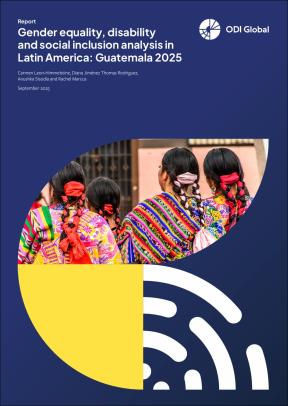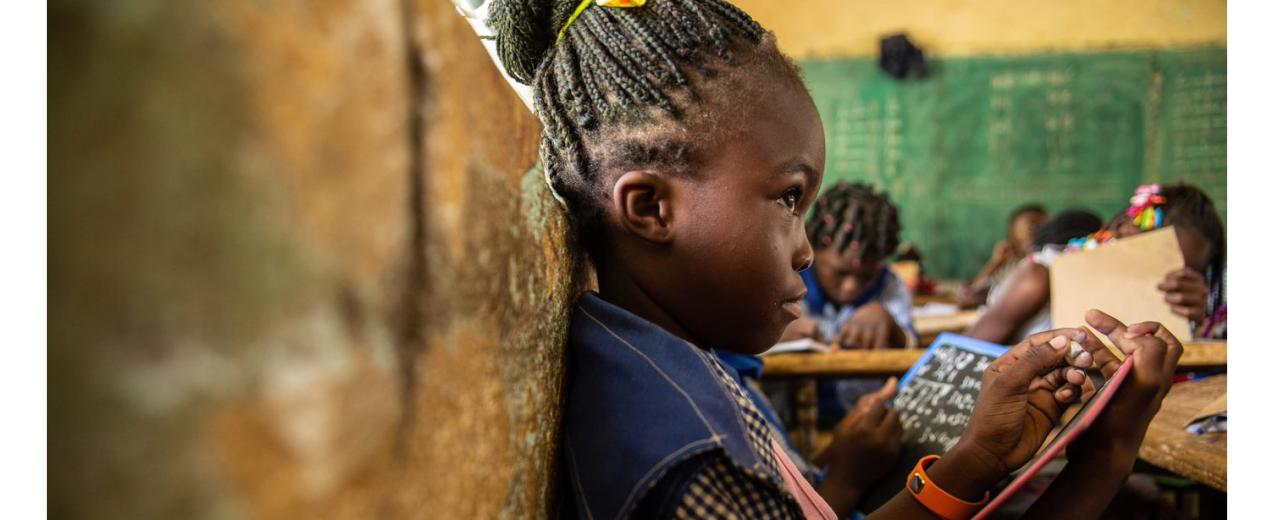
- Blog
- 9 July 2019
We need to focus on gender norms to reach the global goal on education
- Author: Rachel Marcus
- Published by: ALIGN
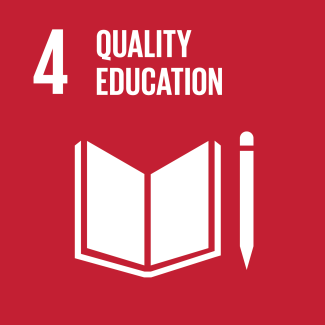
There are, for example, contexts where:
- education for girls is seen as a lower priority than for boys (in terms of enrolment, family spending on education or having time to study)
- upper secondary school participation is skewed towards boys – reflecting norms that expect girls to fulfil domestic care duties, marry young and bear children; and others that expect adolescent boys to earn income to support their families
- teachers’ expectations of their students are gendered: in some contexts favouring boys who are seen as ‘more intelligent’, and in others seeing girls as stronger students, more engaged and less disruptive
- certain fields of study are stereotyped as being more suitable for one gender or the other, with girls and women often under-represented in Science, Technology, Engineering and Mathematics (STEM) subjects
- learning outcomes differ significant by gender, either across the board or in specific subjects, and other contexts where gender differences are, at most, marginal.
These varied outcomes matter for individuals and society. The relationship between girls’ education and a range of positive social outcomes, such as improved public health and reduced population are well understood. Cross-country research has also revealed the importance of secondary education in promoting more gender equitable masculinities, and in spearheading change, whether in the care of young children, or in attitudes towards gender-based violence. Recent research by David Evans and Fei Yuan shows the great potential of general improvements across education systems in addressing gender inequalities. However, there are many ways in which an approach focused on gender norms can complement more generic initiatives and add value to the pursuit of SDG 4.
Time to ‘de-naturalise’ gender norms around education
There is growing interest in understanding how social norms lead people to think and behave in certain ways. Norms analysis emphasises the importance of fitting in with your ‘reference group’, whether that is your ethnic or religious community, the teachers and leaders of a particular school or district, or your professional network (such as secondary school science teachers).
Social norms research also shows that there can be a disconnect between how people think and how they act. After all, any one of us may follow an approach we disagree with in order to fit in. But this disconnect can be a productive entry point for change. Norms are often taken-for-granted and invisible, and one first step is to ‘de-naturalise’ them check so that people can see them for what they are – socially accepted rules of behaviour, rather than tradition or ‘just the way we do things’.
Much of the focus on gender norms around education has been at community level, helping communities to identify and challenge norms that limit access to education, usually for girls (or specific groups of girls). This can work well as part of wider activities to build strong links between schools, parents and the wider community, as ALIGN-funded analysis of Girls Education Challenge fund projects has found. There are also strong examples of community-level initiatives to establish new norms around education, such as sending all children to school, regardless of their gender or disability.
However, norms-based barriers tend to intersect with household poverty and challenges related to the education system itself, such as poor quality teaching and high-stakes exams that impose harsh filters on a child’s prospects of moving up to the next level of education. Taken together these factors create a perception that education is not accessible, not valuable, or is not intended for certain groups. Changing this pattern is vital to establish new norms favouring participation for all.
Changing norms to promote gender-equitable education
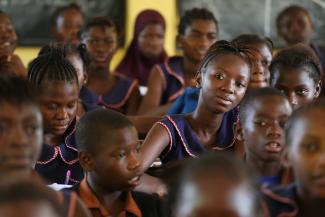
in Freetown, Sierra Leone.
© Dominic Chavez/World Bank
A focus on gender norms also illuminates gendered assumptions about learning, behaviour in and outside the classroom, and what young men and women will do in adult life that many teachers and students take for granted. ALIGN-supported research in rural Peru, for example, found that teachers tended to imagine their students in gender stereotypical low-skill occupations. Many saw no real need to help their students aspire to more lucrative or diverse areas of work. After taking part in the Visionaria for Schools initiative, which included modules that challenged gender norms, teachers were able to identify their own ‘limiting beliefs’. They were able to hold these beliefs in check while teaching, and began to shake them off to them.
Establishing new norms is a powerful way to drive change. Gender-responsive initiatives have helped teachers examine their own assumptions and create new norms of behaviour in their classrooms and schools. In particular, teachers who have taken part in gender-responsive pedagogy training report making extra efforts to call on girls and boys in their classes, and in contexts where boys are generally considered stronger students, to encourage girls to participate fully in class and extra-curricular opportunities. This can lead to the development of new norms that ‘spill over’ from schools into wider society.
We also know, however, that establishing new gender norms and practices is challenging: if the rationale is not well-explained, initiatives can be understood as favouring one gender over another; if data on attendance or exam results show limited gender differences, teachers may feel there is no problem, even if schools are reinforcing gendered patterns of behaviour and expectations of their students.
Curricula that challenge inequitable gender norms and help young people develop new, more equitable norms have shown promise. ALIGN-supported research in a Mexican high school found that participants in a comprehensive sexuality education programme developed more equitable norms around intimate partner violence, as it enabled them to challenge and debate beliefs and relate them to their own lives.
Similarly, the Gender Equity Movement in Schools (GEMS), which started in India, has developed and implemented curriculum modules that help young people develop more gender-equitable attitudes and behaviour on, for example, domestic divisions of labour, gender-based violence and child marriage. Long-term follow up of former participants is needed however, to reveal whether they have carried their more equitable views into their adult life.
The good news is that things are moving in the right direction. There is growing interest in understanding and addressing harmful gender norms that affect education as the recently published GEM Gender Report makes clear. This week's High Level Political Forum (HLPF), which will examine progress towards the SDGs, is a great opportunity to highlight what we know about how harmful gender norms and education, and to galvanise action to address norms-based barriers to achieve more equal and effective education for all.
For more information, please see the ALIGN Guide on Education and Gender Norms.
About the author - Rachel Marcus

Blog
5 January 2026

Report
1 October 2025
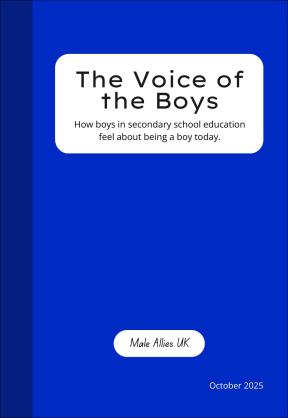
Report
22 September 2025
